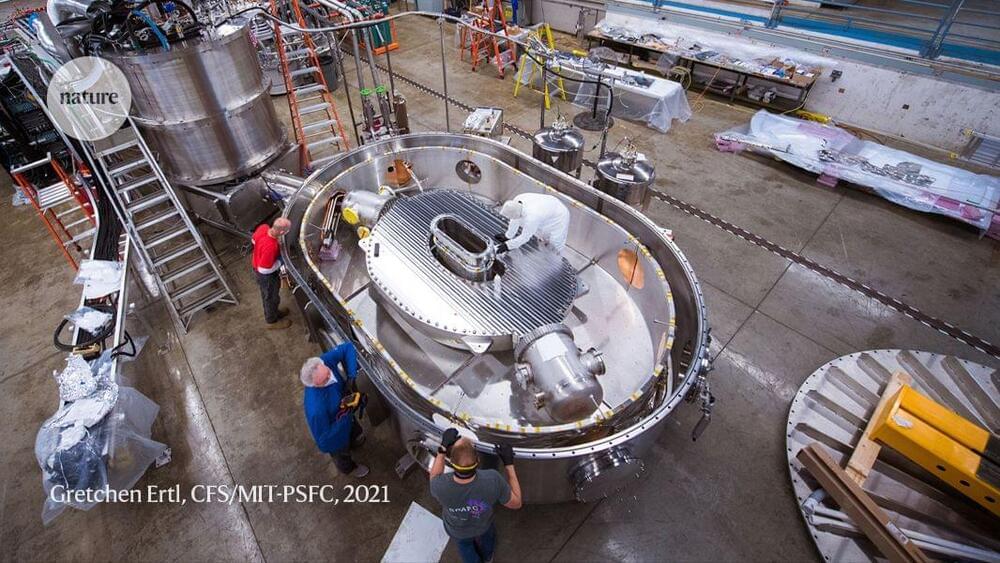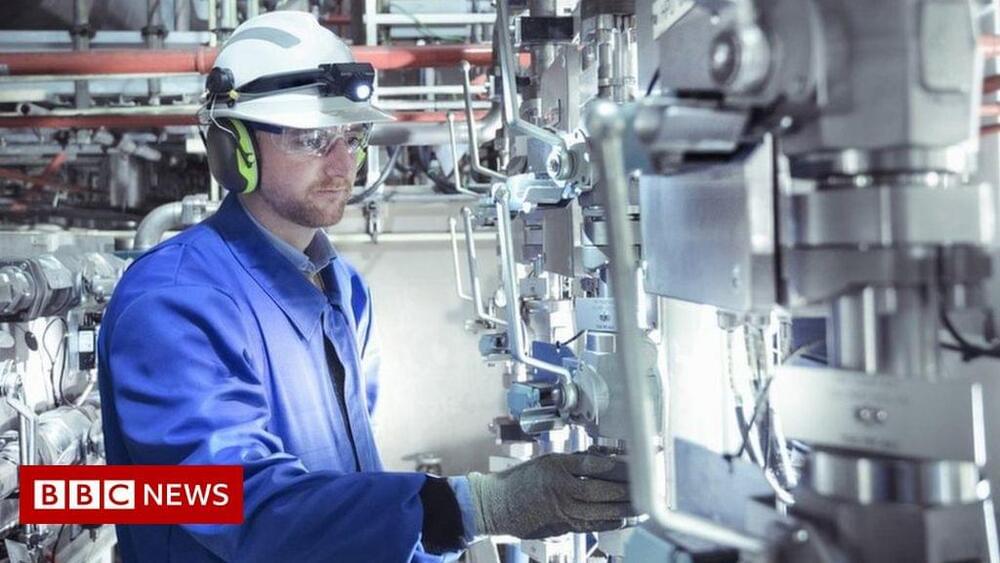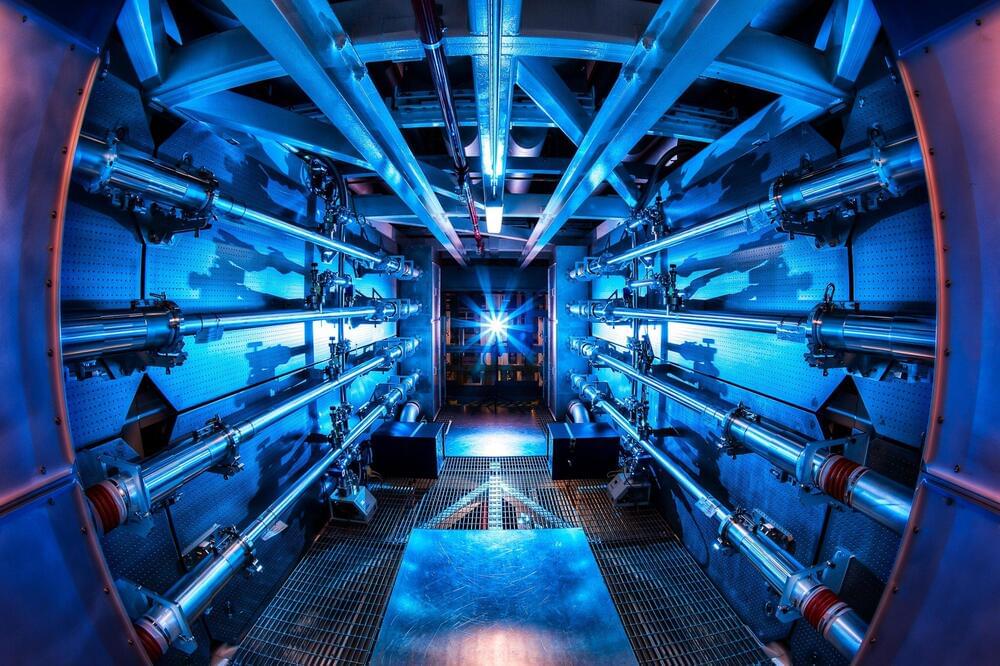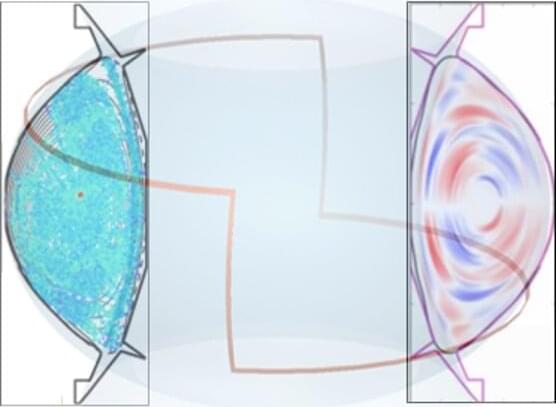In the race toward practical fusion energy, tokamaks (donut-shaped plasma devices) are the leading concept—they have achieved better confinement and higher plasma temperatures than any other configuration. Two major magnetic fields are used to contain the plasma: a toroidal field (along the axes of the donut) produced by external coils and the field from a ring current flowing in the plasma itself. The performance of a tokamak, however, comes with an Achilles heel—the possibility of disruptions, a sudden termination of the plasma driven by instabilities in the plasma current. Since the plasma current provides the equilibrium and confinement for the tokamak, the challenge of taming disruptions must be addressed and solved.
As the magnitudes of the plasma current and plasma energy increase, disruptions can cause more damage. As such, they are a particularly important concern for the newest and most powerful machines, such as the SPARC tokamak. SPARC is a compact, high-magnetic–field tokamak under design and in the early stages of construction by a joint team from the Massachusetts Institute of Technology and Commonwealth Fusion Systems. The SPARC plasma is predicted to produce more than 10 times the power than is required to maintain its 250 million F temperatures. All tokamaks of this performance class must develop strategies to protect the machine against disruptions.
A solution, however, may be in hand. Prompted by a theoretical idea from Prof. Allen Boozer of Columbia University, the SPARC design includes an innovative new coil structure which promises fully passive protection from the threat of runaway electrons.







